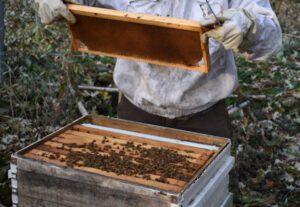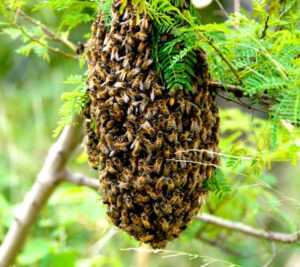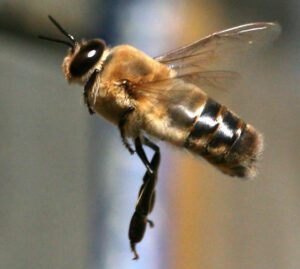Bee is an insect of arthropoda phylum, insecta class, hymenoptera order, apidae family and of apis genus. Six species of bee can produce honey of this genus.
Along with this bees of trigona and melipona genus are also famous for producing honey. This type of bees are available in almost all countries of the world. Classification and description of some honey bee species are described below.
Bee Classification
- Phylum: Arthropoda
- Class: Insecta
- Order: Hymenoptera
- Family: Apidae
- Genus: Apis/Trigona/Melipona
- Species: A. indica, A. dorsata, A. florea, A. mellifera, A. adamsoni, A. cerana
Apis Indica
Apis indica is also called Indian bee. Generally they are of medium sized. They make hive in plant crack, corner of the house, crack of the wall and in a calm place.
They generally make hive in plain area. Few of them make hive in hilly area, hole, cave, tall buildings and in deep forests. The be species of hilly areas become calm and brighter than the bees of plain areas.
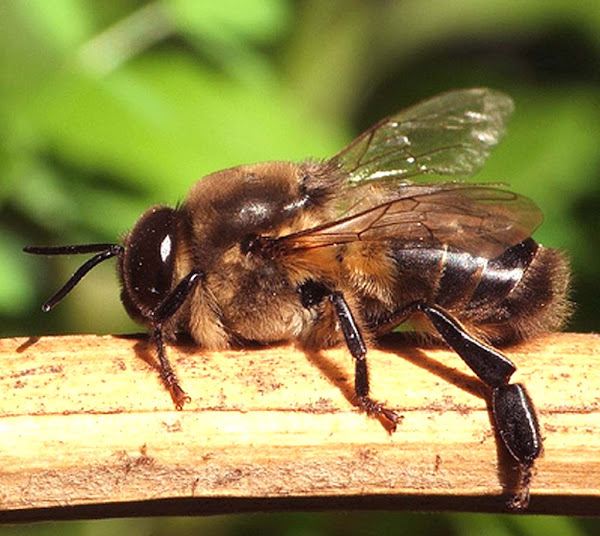
This type of bees are used for commercial raising for their availability and calm nature. They become domesticated very easily. They make few hives which are about 30 cm long and very close to each other. Every hive produces 3-6 kg honey in a year.
Apis Dorsata
This type of bee generally live in hilly areas. So, they are called “Rock Bee”. Sometimes they are called monster bee. This bee is the biggest, very fearful and ferocious natured among all the bee species. They are of blue colored. There are yellow colored pelage in their back side.
They make big sized hive in the branches of tree, tall building and in the hill side. Their hive lengths about 1.2 miter in height and 1 miter in widths. They change hive frequently. If they get disturbed, they bit human and other animal. The sting of apis dorsata become very poisonous.
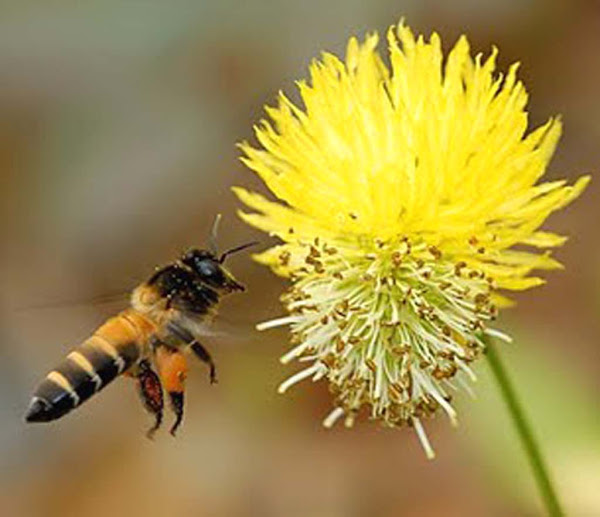
As they are ferocious in nature, it is very difficult to manage them for commercial use. About 37kg honey can be collected from one single hive in a year.
Apis Florea
Among the bee species, apis florea is the smallest. And for this reason they are called tiny bee. They live in plain areas and make hives in tree branches, plant cracks, wall cracks, roof corner, in hole etc.
They make a small hive which lengths about 10-15 cm. They are nomad in nature. They frequently change their living place. They are comparatively less ferocious in nature. Their honey producing capability is very less.

300g-450g honey can be collected from one hive. For this reason they are not used for commercial honey production. Their sting is not active. So, they don’t hit anything. This bees are available in many Asian countries.
Apis Mellifera
This is the only honey producing bee species in Europe continent. They are also called European bees. America, Africa and many countries of Europe raise apis mellifera widely for commercial honey production. Nowadays some Asian countries are also raising them commercially.

They generally make hive in small trees and corner of the house. They are of reddish yellow colored. They are domestic and very suitable for artificial production in any place of the world. They produce about 45kg-100kg honey from a hive yearly.
Apis Adamsoni
Apis adamsoni is known as African bee. They are of medium size. They produce about 4.5kg honey yearly from a medium sized hive.
Apis Cerana
Apis cerana is a Asian bee species. They are medium sized bee. They live in both plain and forest areas. They generally make hive in plant cracks, tree branches and in hill caves. They make several hives which are very close to each other. They become very calm natured.
They are less ferocious and they are kept in bee box for commercial keeping. Apis cerana of plain areas become small and yellow colored. And the bees which lives in hill or forest become big sized and black colored.
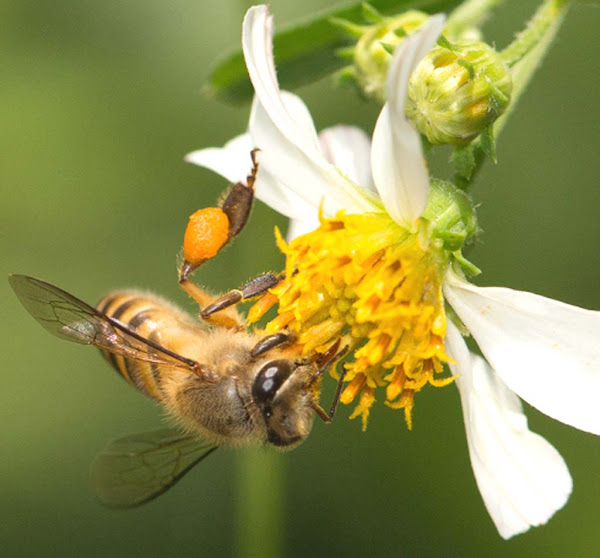
A hive produce about 1-5 kg honey yearly. But in commercial keeping, we can get 18-20 kg honey from each bee box.
Trigona Spp
Trigona spp is a very small sized bee species. They are available in the south-east hilly area of south Asia.
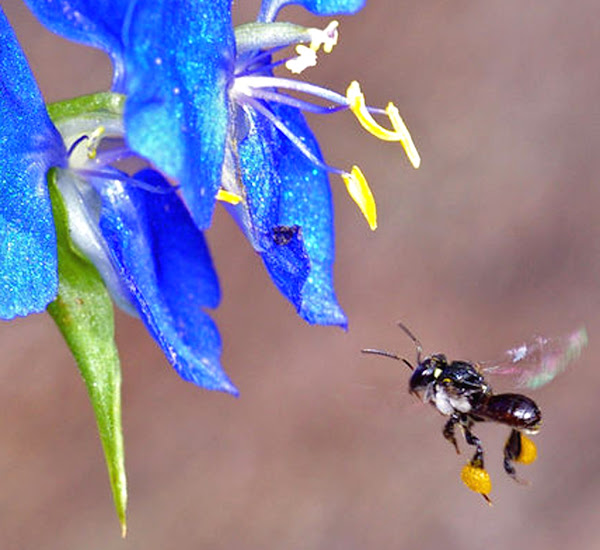
They generally make hive in plant cracks, bamboo pole, wall and in the hole. They are also less honey productive species like apis florea.
Melipona Spp
This bee is called dammer bee. They are different than other bee. They are very small sized and can’t flux wax from their body for making hive. They make comb by using materials like sand, recin etc.
Their comb is very small and every comb contain about 100-150g honey. Their comb is easily identified. This bee species plays an important role in the pollination of crop.


